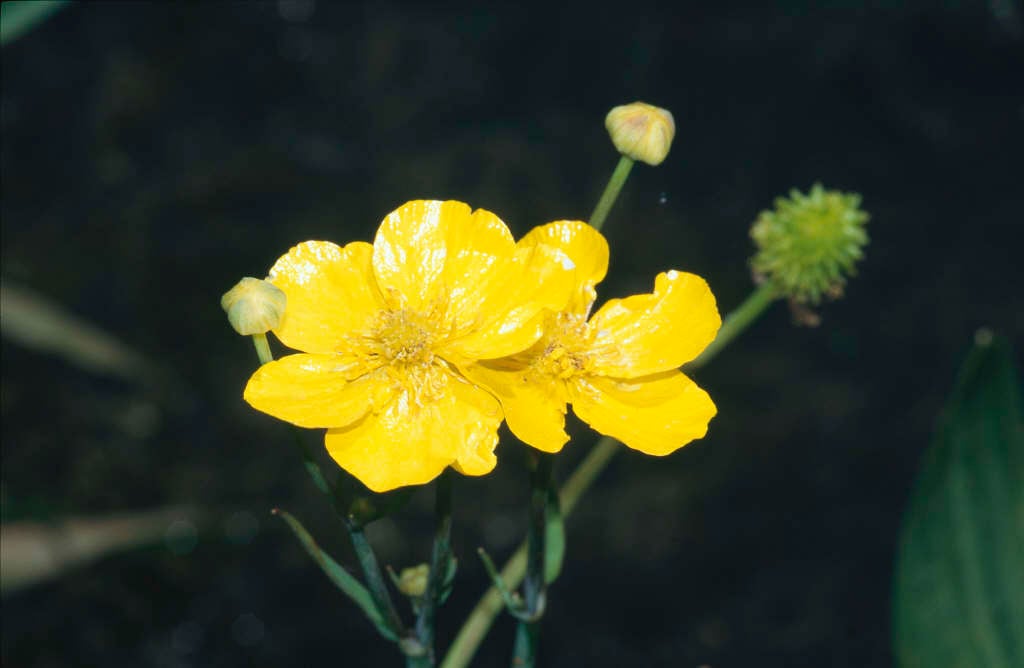Not the plant you're looking for? Search over 300,000 plants
AquaticBogsHerbaceous Perennial
Size
Ultimate height
1–1.5 metresTime to ultimate height
2–5 yearsUltimate spread
0.5–1 metresGrowing conditions
Clay
Loam
Moisture
Poorly–drainedpH
Acid, Alkaline, NeutralColour & scent
| Stem | Flower | Foliage | Fruit | |
| Spring | Blue Green | |||
|---|---|---|---|---|
| Summer | Yellow | Blue Green | ||
| Autumn | ||||
| Winter |
Position
- Full sun
Aspect
South–facing or West–facing
Exposure
Exposed or Sheltered Hardiness
H7Botanical details
- Family
- Ranunculaceae
- Native to GB / Ireland
- No
- Foliage
- Deciduous
- Habit
- Clump forming
- Potentially harmful
- Harmful if eaten, skin irritant. Wear gloves and other protective equipment when handling. Pets: Harmful if eaten, skin irritant - for further information and contact numbers regarding pets, see the HTA guide to potentially harmful plants
- Genus
Ranunculus can be annuals, biennials, evergreen or herbaceous perennials, with rhizomes, tubers or spreading by runners. The leaves are variable but often palmately lobed or dissected and the flowers usually bowl-shaped
- Name status
Accepted
How to grow
Cultivation
Grow in muddy pool margins in water 15-25cm deep, in full sun. Will grow in still or slow moving water. See pond plants and bog gardens for further advice
Propagation
Propagate by division in spring or autumn
Suggested planting locations and garden types
- Wildlife gardens
- Low Maintenance
Pruning
Cut back after flowering
Pests
Generally pest-free
Diseases
May be susceptible to powdery mildews, a rust and grey moulds
Get involved
The Royal Horticultural Society is the UK’s leading gardening charity. We aim to enrich everyone’s life through plants, and make the UK a greener and more beautiful place.
